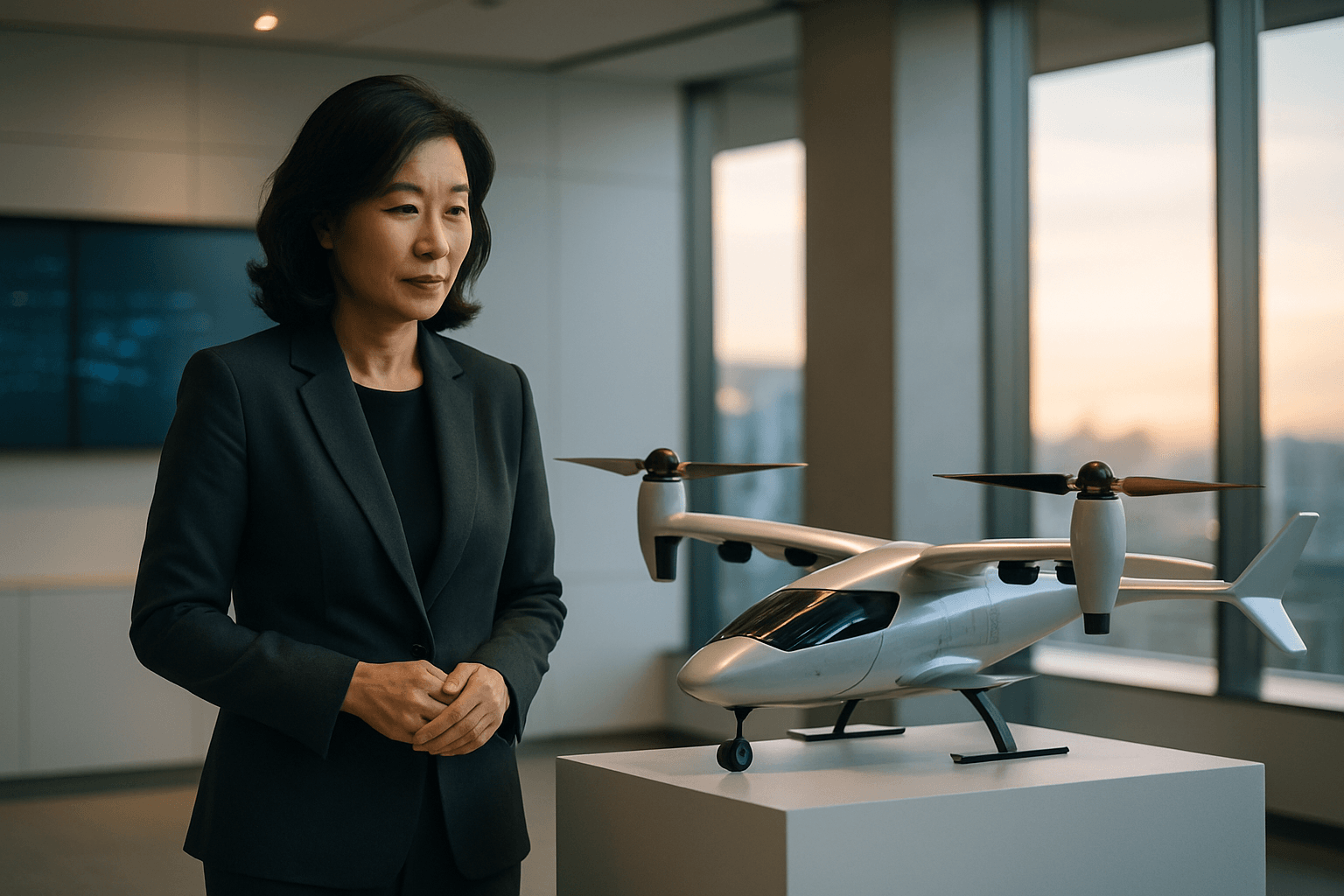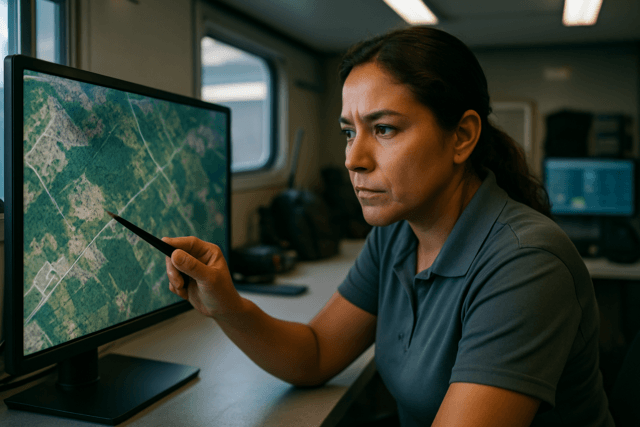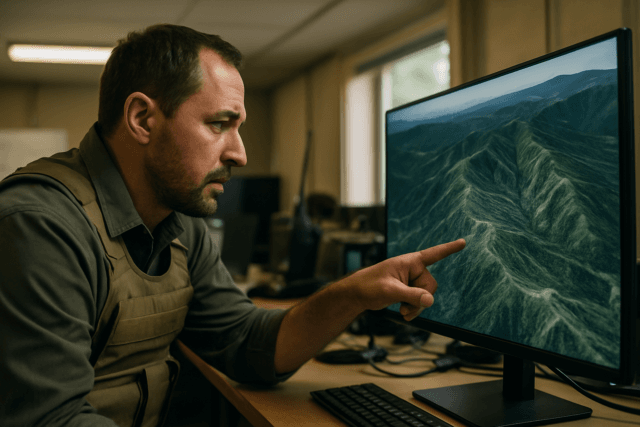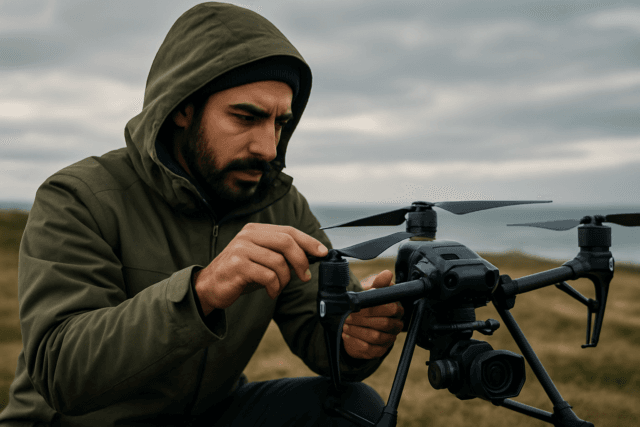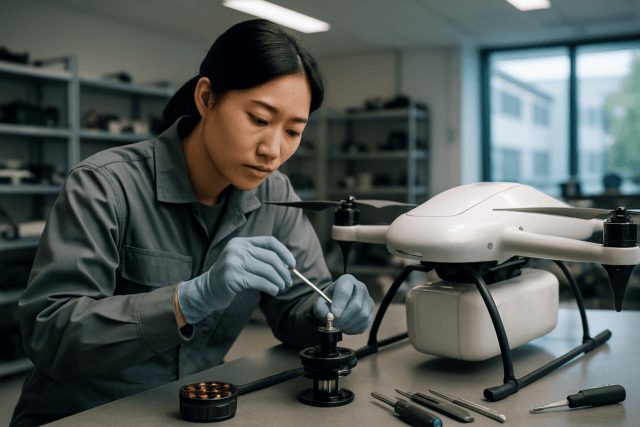Hyundai Motor Group has reaffirmed its “unwavering confidence” in its Advanced Air Mobility (AAM) subsidiary, Supernal, despite a significant leadership shake-up and a temporary pause in the development of its S-A2 electric air vehicle program. The South Korean automotive giant insists its commitment to the future of aviation mobility remains strong, framing the recent executive departures as a strategic pivot towards accelerating commercialization and enhancing product quality.
The turbulence at Supernal includes the recent resignations of its CEO, Chief Technology Officer, Chief Strategy Officer, Chief Safety Officer, and Chief of Staff, alongside a program review that has halted the development of its S-A2 eVTOL aircraft.
Executive Departures Shake Supernal’s Leadership Ranks
Supernal has experienced a wave of high-profile leadership changes in recent weeks. Jaiwon Shin, who served as CEO of Supernal and head of Hyundai Motor Group’s AAM Division since 2021, stepped down in late August 2025 to assume an advisory role within the broader Hyundai conglomerate. His departure was quickly followed by that of Chief Technology Officer David McBride.
Further intensifying the leadership vacuum, Chief Strategy Officer Jaeyong Song, Chief Safety Officer Tracy Lamb, and Chief of Staff Lina Yang have also exited the company. Jaeyong Song’s departure is particularly notable, given his prior role as Vice President of Hyundai’s Advanced Air Mobility division before Supernal was spun out in 2021. In the interim, David Rottblatt, formerly the head of business development, has taken over as interim Chief Operating Officer while the search for new leadership is underway.
S-A2 eVTOL Program Paused for Strategic Review
Compounding the executive exodus, Supernal has temporarily halted the development of its planned S-A2 electric vertical take-off and landing (eVTOL) aircraft. This pause is part of a broader program review aimed at strategically evaluating its progress and aligning next steps with Hyundai’s long-term goals for advanced air mobility.
The S-A2 concept, a pilot-plus-four-passenger vehicle designed for urban and urban-adjacent routes, was initially unveiled at CES 2024, building on the company’s S-A1 vision concept from CES 2020. Supernal achieved a significant milestone in March 2025 with the first tethered flight test of a full-scale technology demonstrator. Despite this progress, Hyundai has not provided a specific commitment on when, or if, the S-A2 will ultimately be brought to market.
Hyundai’s Enduring Commitment to Advanced Air Mobility
Despite the internal restructuring and program adjustments, Hyundai Motor Group remains steadfast in its dedication to the advanced air mobility sector. The company views the leadership transition as a “strategic move to accelerate commercialization and enhance product quality”. Supernal itself stated that the changes provide an opportunity to strategically evaluate the program and ensure alignment with long-term goals.
Hyundai has underscored its “unwavering confidence in the strategic importance of future aviation mobility within its broader innovation roadmap”. This commitment is backed by substantial investment, with Hyundai having committed $6 billion to Supernal’s development through 2028, as part of a larger $21 billion investment strategy in the U.S.. The South Korean automotive giant positions advanced air mobility as a central pillar of its future mobility portfolio.
Navigating a Challenging Yet Competitive eVTOL Landscape
The leadership changes and program pause at Supernal unfold against a dynamic and intensely competitive backdrop for the entire eVTOL industry. While some companies in the sector are securing significant investments and forging partnerships, others are grappling with financial difficulties and even business closures. Rivals such as Joby and Archer, for instance, appear to be closer to launching commercial services with their in-development aircraft, putting pressure on other players in the market.
Supernal has consistently stated its target for commercial operations of its eVTOL aircraft by 2028. The company aims to leverage Hyundai’s extensive manufacturing expertise to achieve scaled production and make AAM accessible to a broader market.
Looking Ahead: A Strategic Re-evaluation for Future Success
Supernal’s leadership transition is described as a move from early-stage research and development towards the next phase of development and business model operation. This period of strategic review is intended to ensure the program is optimally positioned for future success in the evolving air mobility market.
While challenges remain, including regulatory frameworks, infrastructure development, and ecosystem maturity, Hyundai Motor Group views these as inherent to the natural evolution of a pioneering sector. The company’s continued financial backing and strategic re-evaluation signal a determined effort to overcome current hurdles and solidify its position in the competitive race for advanced air mobility.

